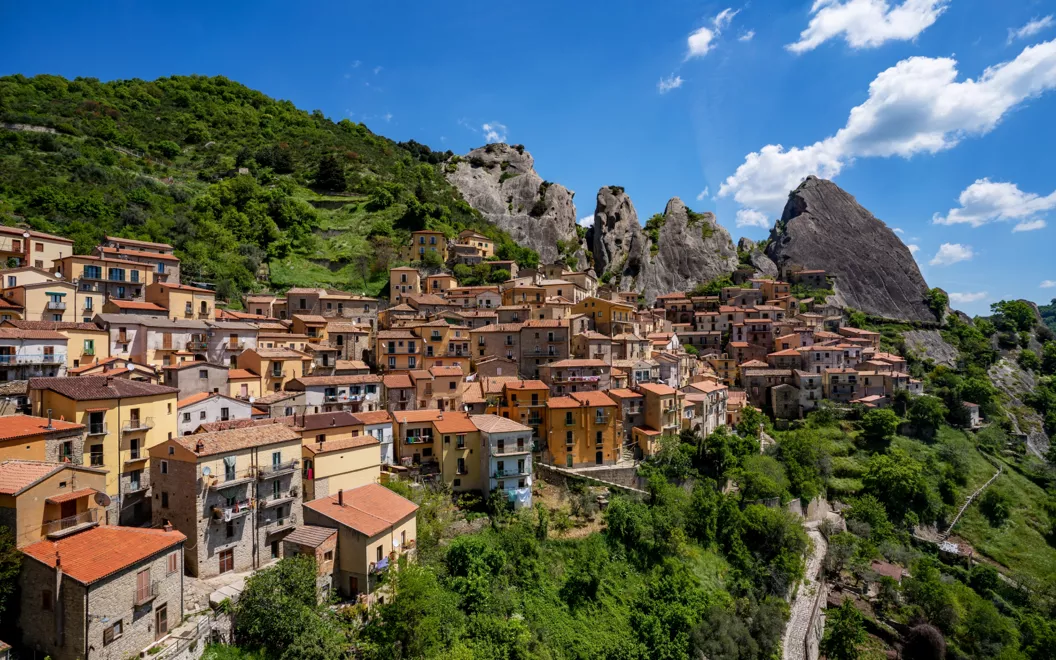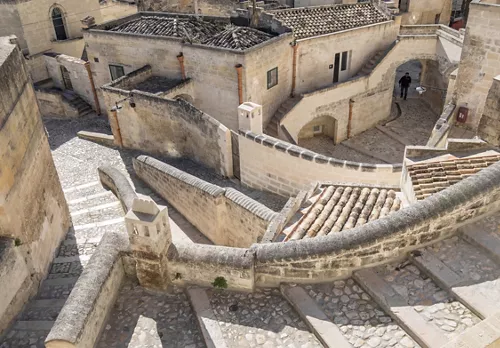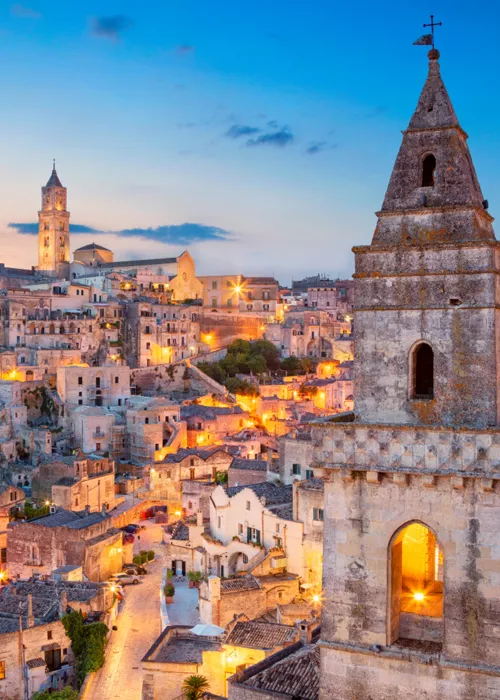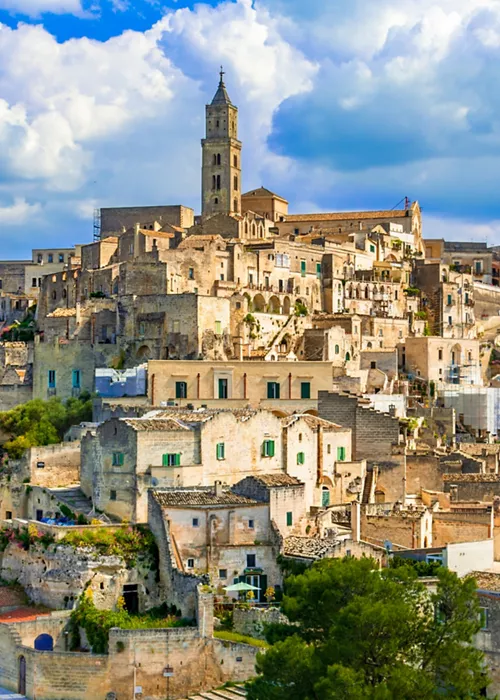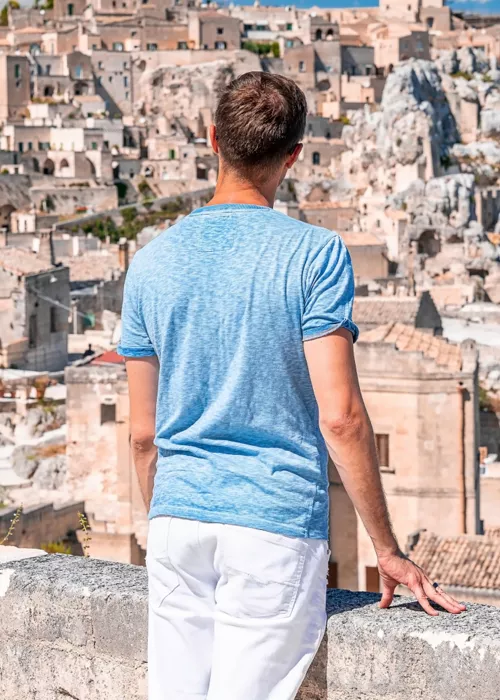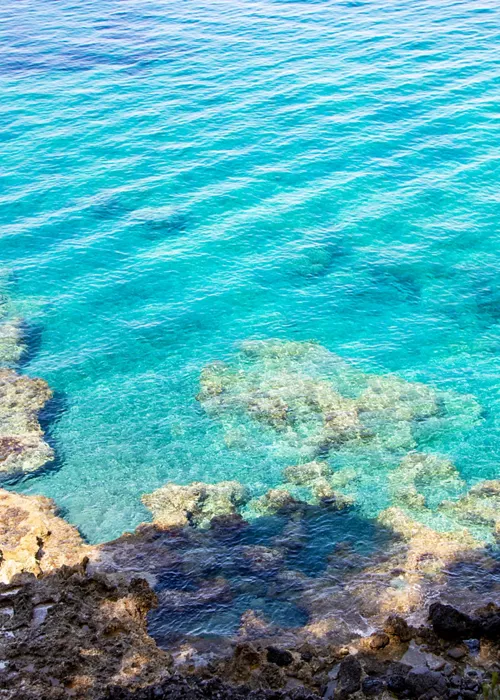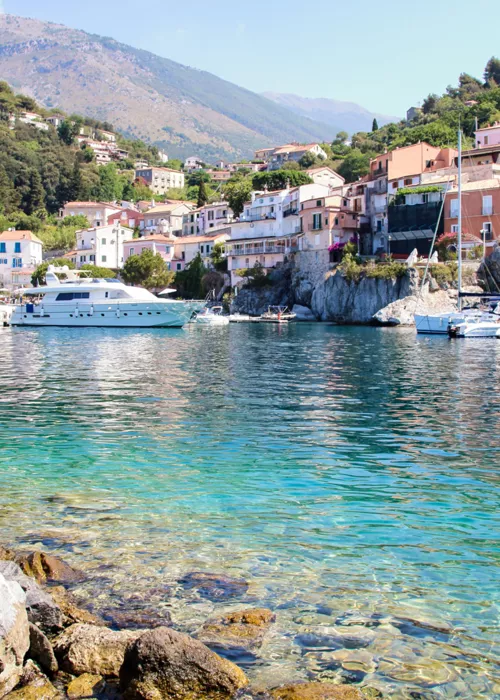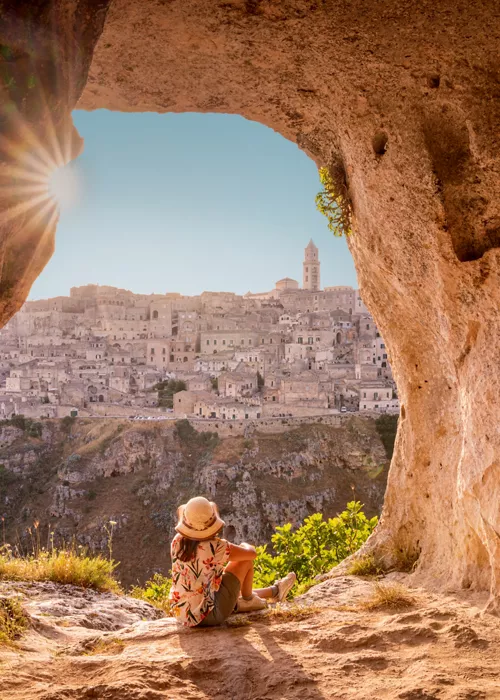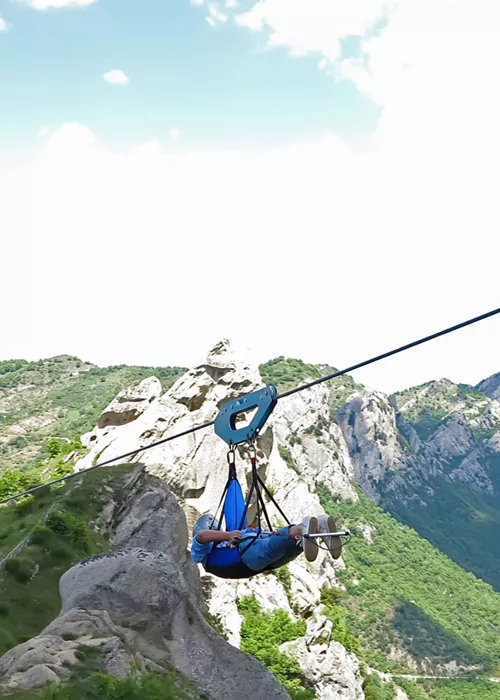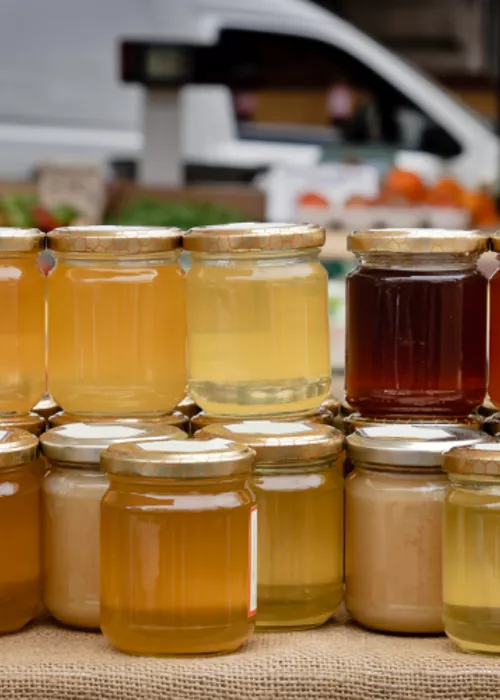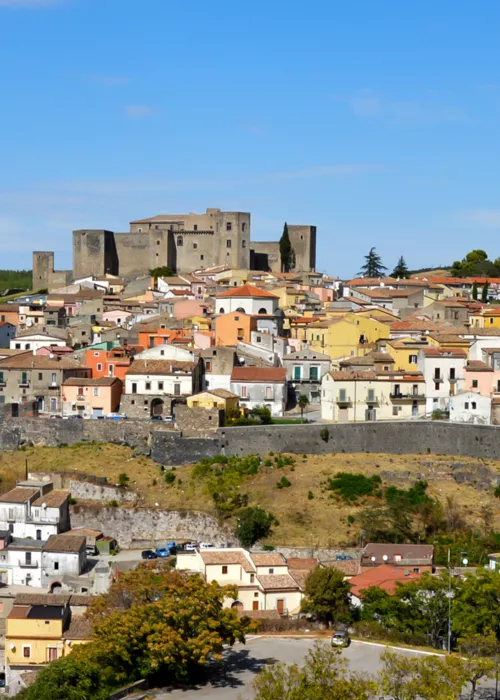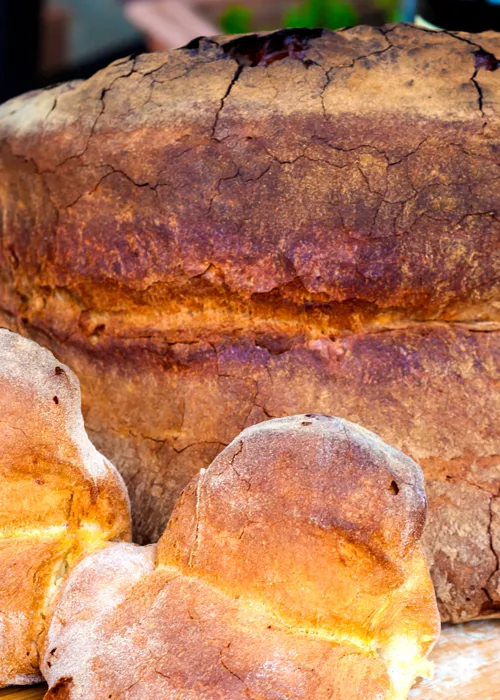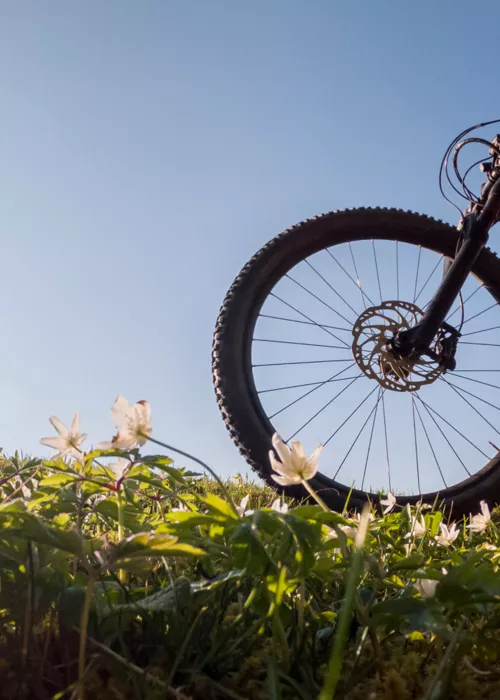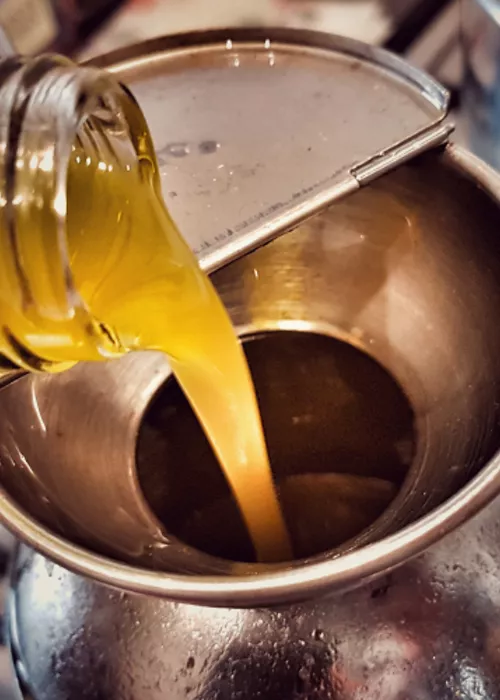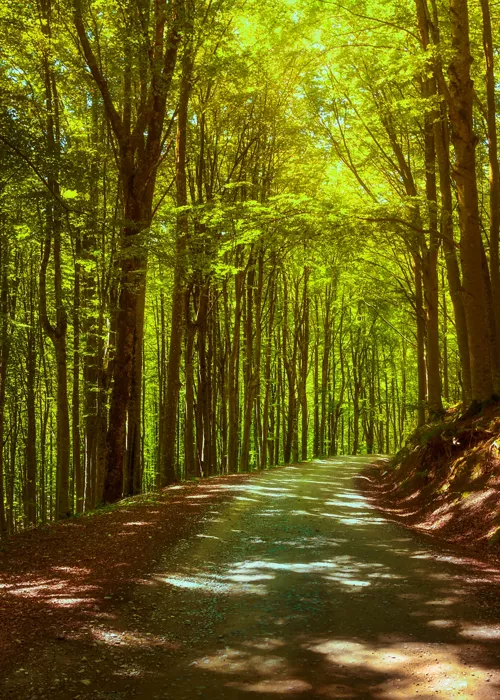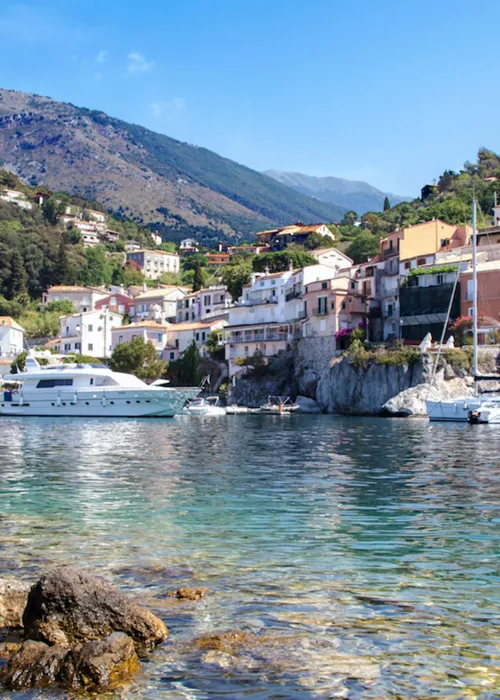Basilicata coast to coast: the perfect way to discover the region
4 minutes
There is a famous Italian film called Basilicata coast to coast. Be inspired by the director and star of this brilliant comedy, Rocco Papaleo, on your own tour of Basilicata that takes you from the rocky coast of the Tyrrhenian Sea to the dunes of the Ionian coast.
Alongside the best-known locations, you will discover secret places on a fascinating route that takes you from mountains and hills to lakes and beaches; from arid gorges to lush forests.
On foot, by bike, by car or a combination of all three: you choose the best way for your coast-to-coast tour of authentic Basilicata.
Starts at Maratea, on the Tyrrhenian Sea
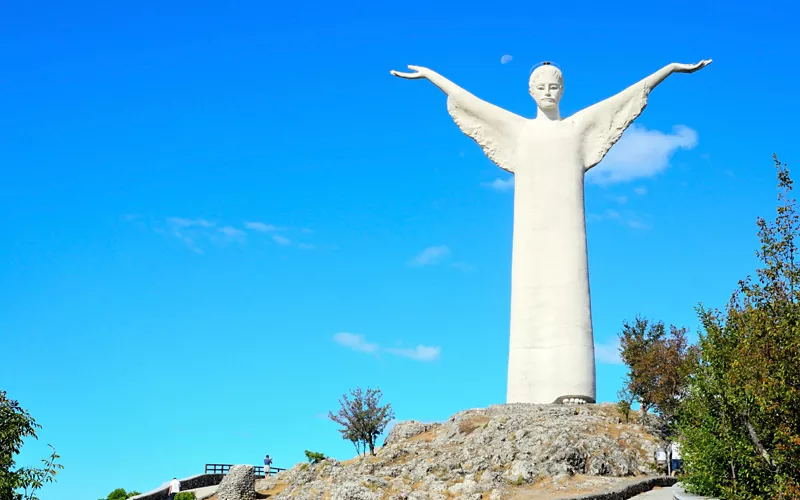
A trip round Basilicata can only begin here. Maratea, so beautiful that it is called “the pearl of the Tyrrhenian Sea”, looks out over the water and is surrounded by cliffs covered with Mediterranean vegetation. The striking sculpture of Christ the Redeemer is the symbol of the town.
In fine weather, you can enjoy views of crystal-clear water and spectacular towering cliffs. The Grotta di Marina di Maratea opens up a magical world of stalactites and stalagmites, and is one of many wonderful natural caves to be discovered here. Some of these are only accessible by sea and are true marvels to behold. Fiumicello beach, 2.5 miles from the centre, is a beautiful stretch of white sand. If white is not your favourite colour, a few miles away you can discover the famous “black beach”, with its dark-coloured sand and gravel. Also known as “the town of 44 churches”, Maratea is worth visiting at any time of year.
Our next destinations take us out into nature. An hour’s drive from Maratea brings you to Lake Laudemio, near the summit of Monte Sirino: a protected area where you can enjoy a hilltop walk among beech and alder trees, with the lake crowned by mountains.
Your next stop is the Parco Nazionale del Pollino, Italy’s largest protected national park and a UNESCO World Heritage Site, which stretches from the Tyrrhenian Sea to the Ionian Sea. Less than an hour’s drive from Maratea, you can explore the park by hiring a mountain bike or horse or by trekking.
Towards the Val d’Agri
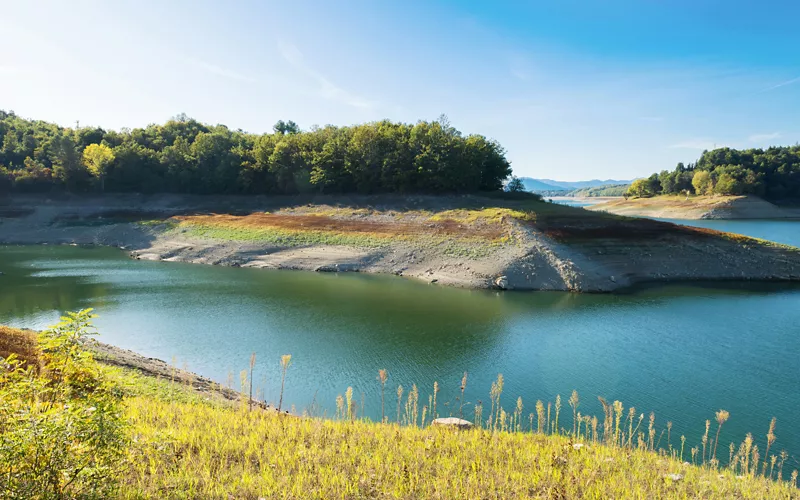
As you head northwards from the Pollino national park (perhaps crossing the world’s longest simple Tibetan bridge at Castelsaraceno), you will enter the Val d’Agri. Stop and admire the beautiful scenery of Lake Pietra del Pertusillo, part of the Appennino Lucano - Val d’Agri - Lagonegrese National Park.
Take a walk or mountain bike along the banks, home to a riot of chestnut, oak and beech trees and hawthorn bushes. Lift your eyes to catch the not uncommon sight of herons and storks in flight, including the very rare black stork which nests in Lucania’s parks. As you travel through the mountains of the Val d’Agri, you will come across remote villages. These include the mountain village of Tramutola, one of the stops in the film Basilicata coast to coast.
The Badlands
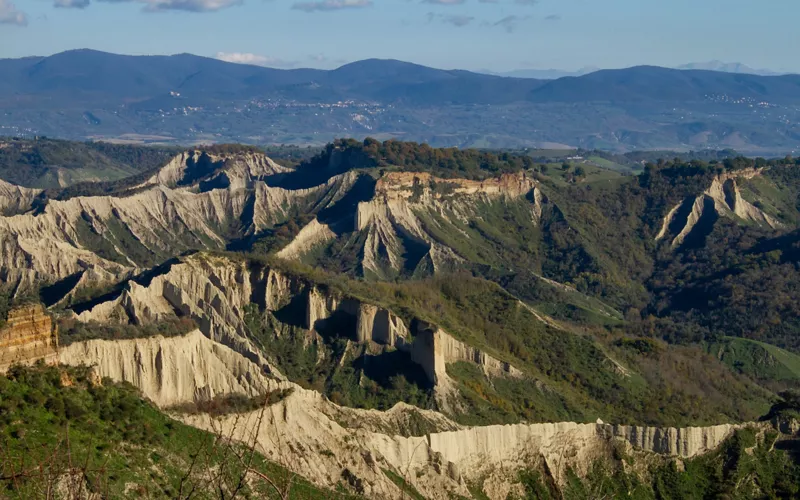
Leave the lush coastal region behind as you enter a completely different terrain, in the inland heart of the region where clay is king. This is a mesmerising lunar landscape of deep gorges and pinnacles, with rocks in all shapes and sizes. Visit Aliano, a mountain village at the valley head, with fewer than 1,000 inhabitants. The stone houses make it feel like the village is frozen in the past. Aliano is home to the Carlo Levi Literary Park, in honour of the writer who was exiled here for his alleged anti-fascist activities. This is also a great place for a stop at the trattoria: order traditional local dishes such as Rascatell, fresh pasta served with hearty sauces, broad beans and chicory, or soup with meatballs and pecorino cheese.
Continue just a few miles further north and you will reach one of the most famous places in the world: Matera and its famous Sassi. This spectacle is a UNESCO World Heritage Site, where houses are carved out of the rock, creating an extraordinary landscape. Sleep in one of the cave houses and savour the cultural atmosphere that now characterises the city. Since being named European Capital of Culture 2019, regular theatrical performances in a powerfully evocative setting, concerts and a multitude of other events take place.
And finally the Ionian Sea
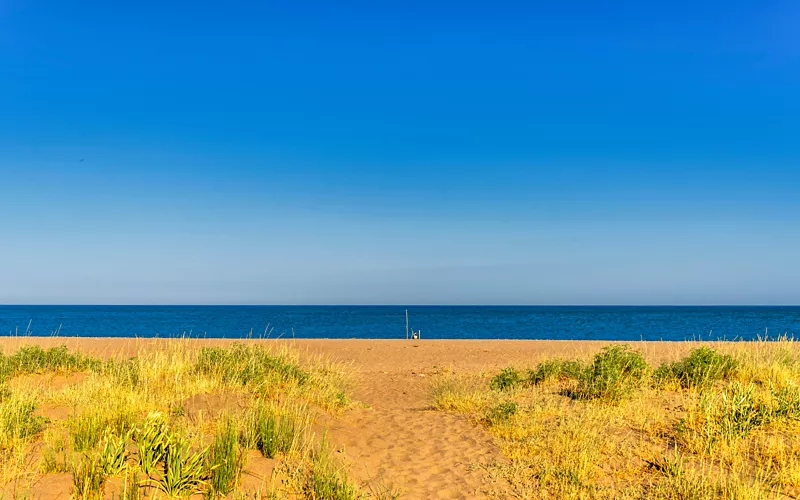
You have to turn back towards the south to finally reach our destination: the Ionian coast. Head for the Plain of Metapontum, named for this town of Magna Graecia which is rich in archaeological finds and monuments. From here you can spot the sea: calm, clear and shallow. Relax at one of the well-equipped lidos, or take a summer boat trip from the marinas at Pisticci and Policoro. Here in ancient Heraclea, you can alternate between cultural tourism, natural excursions to Europe’s only rainforest and, in summer, a comfortable beach life on the long, sandy shore, which is never crowded. And right on the waterfront, charming restaurants and bars overlooking the sea await you.

